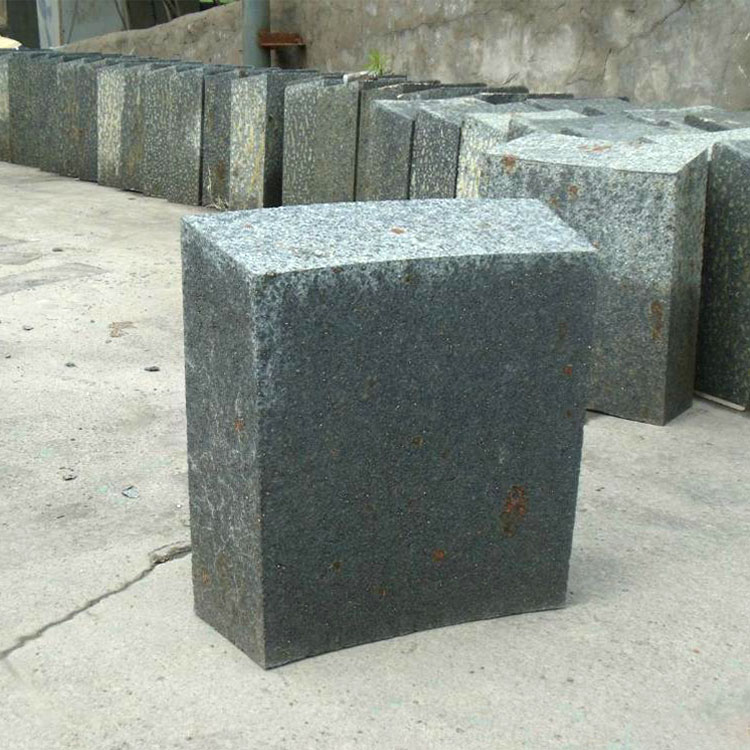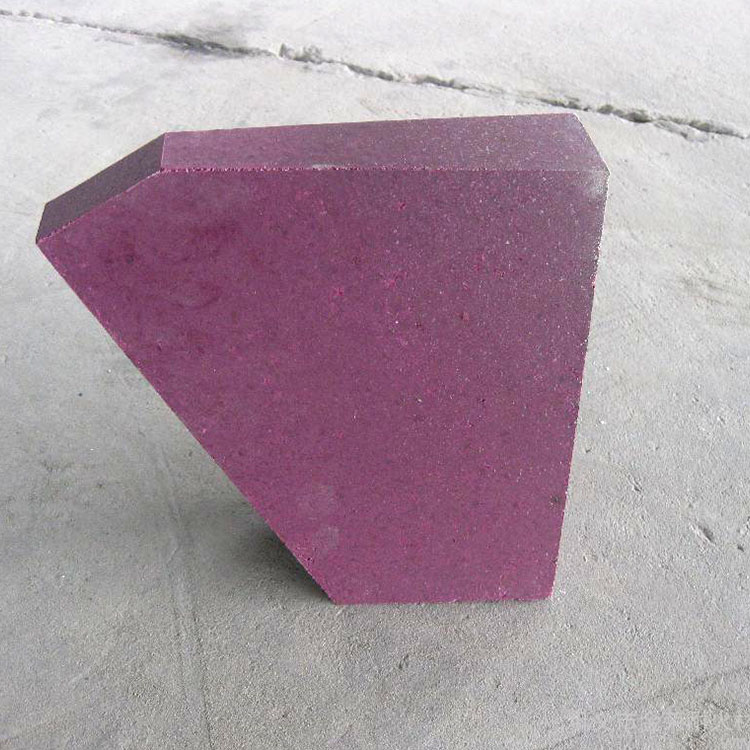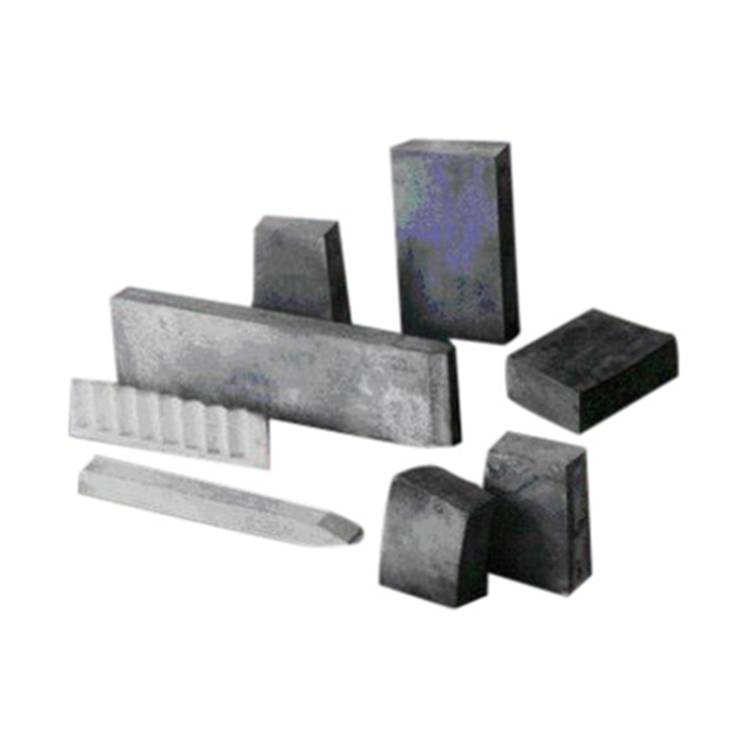
In the rapid temperature change conditions of steel furnaces, choosing and maintaining high - performance andalusite refractory bricks is crucial for improving efficiency and safety. This article delves into the excellent creep resistance and thermal shock resistance of andalusite refractory bricks, and details the selection criteria, installation specifications, and daily monitoring techniques through practical application cases.
Andalusite refractory bricks show remarkable physical property advantages in high - temperature and rapidly changing environments. Compared with traditional high - alumina bricks, andalusite refractory bricks have superior creep resistance. Traditional high - alumina bricks may experience a creep rate of about 3 - 5% under long - term high - temperature conditions, while andalusite refractory bricks can control the creep rate within 1 - 2%. In terms of thermal shock resistance, andalusite refractory bricks can withstand more than 50 thermal shock cycles without significant cracks, while traditional high - alumina bricks may start to crack after about 20 - 30 cycles.

Let's take a typical steel plant as an example. By choosing the appropriate andalusite refractory bricks according to the specific working conditions of the furnace, the service life of the furnace can be extended by about 20 - 30%. At the same time, due to the excellent thermal insulation performance of andalusite refractory bricks, energy consumption can be reduced by about 10 - 15%. This shows that matching the working conditions when selecting refractory bricks is of great significance.
During the installation of andalusite refractory bricks, many details need attention. In terms of masonry technology, the verticality error of the wall should be controlled within 2 - 3mm per meter. For joint control, the width of the joints should be kept between 2 - 3mm to ensure the overall stability of the structure. It is also necessary to reserve a certain space for thermal expansion, usually about 5 - 8mm per meter, to prevent the bricks from being damaged due to thermal expansion.

Regular daily inspections are essential for the long - term use of andalusite refractory bricks. First, learn to identify thermal shock cracks. These cracks are usually thin and may appear in a radial or linear pattern. For early signs of creep deformation, pay attention to the unevenness of the brick surface. You can use tools such as calipers and infrared thermometers for detection. When using a caliper, measure the thickness of the brick at different positions to detect possible thinning due to creep.
A systematic maintenance process should be established, including periodic inspections, data recording, and replacement decision - making logic. Conduct a comprehensive inspection every 3 - 6 months, record data such as crack length, creep deformation degree, and temperature distribution. Based on these data, make decisions on whether to replace the refractory bricks in a timely manner to ensure the stable operation of the furnace.

In conclusion, andalusite refractory bricks have significant advantages in steel furnaces. By correctly selecting, installing, and maintaining them, the service life of the furnace can be effectively extended, energy consumption can be reduced, and production stability can be ensured. Are you looking for a reliable refractory material solution? 立即咨询获取专属耐火材料解决方案


